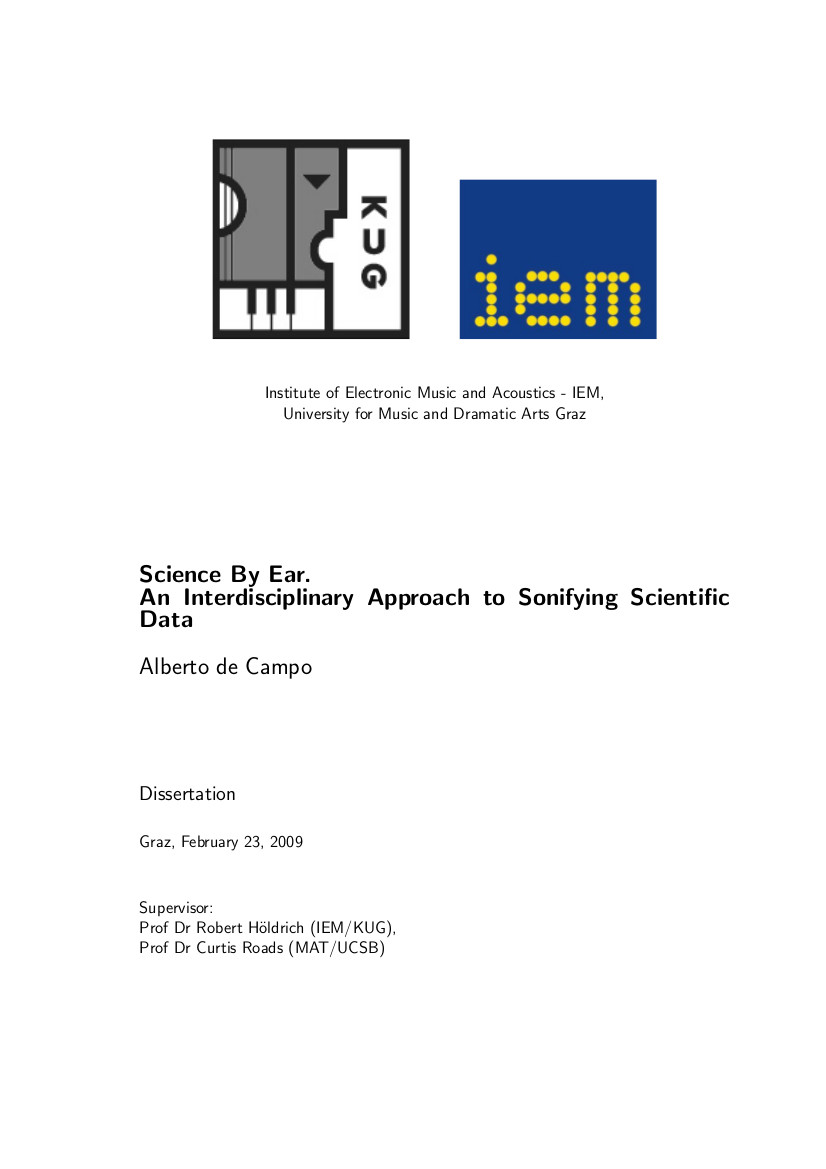Ellen Røed: Skyvelære (2014)
Filed under thesis | Tags: · art, artistic research, calibration, gesture, knowledge production, measurement, representation, science, sun, time, video art, weather

Composed of the words sliding and knowing, the Norwegian term skyvelære means caliper, a device for measuring distance. In her research Ellen Røed reflects on devices and procedures that are used in video art and in the natural sciences. She considers various relationships involved in creating representations; field trips, story telling, gathering or capturing of data, measuring and calibrating.
Critical Reflection on Artistic Results of a Fellowship Project in Artistic Research
Bergen Academy of Art and Design, 2014
143 pages
Book version (added on 2016-10-13)
PDF (15 MB)
Accompanying video Skyvelære (While Attempting to Balance) (2013, 276 MB, MOV)
Astrid Lorange: How Reading is Written: a brief index to Gertrude Stein (2012)
Filed under thesis | Tags: · literary theory, literature, poetics, poetry, reading, text, writing
This thesis grows out of a set of interlinked questions to do with reading Gertrude Stein: in particular, how to account for the experience of reading a body of work that is largely resistant to conventional and interpretation-based models of literary criticism. What is being read? What is an effective and explanatory way of writing about the reading experience of a Steinian text? And finally, what constitutes a contemporary critical judgment in relation to an experimental poetics such as Stein’s?
For the one who reads Stein, the question of what is being read is a complex one. If Stein is not writing representationally, then there is no singular meaning to be interpreted. Stein, however, is not writing non-representational poetry as a project in itself. Thus, to read Stein’s work exclusively as a meditation on the plurality of meaning makes for a limited discussion of her poetics. Stein did not regard writing to be a representational or metaphorical process: she regarded it as an aspect of experience and a form of thinking. This study argues that Stein’s work elicits a reading approach that is productive of knowledge.
The thesis seeks to answer the question of how to find a way of writing about the reading of Stein by proposing a series of traverses across selective instances, rather than by engaging interpretative textual methods. These trains of thought are inclusive; they are not necessarily congruent or parallel with each other. It is, rather, a grouping of inter-related concerns. The thesis proposes that a network of understandings can accordingly capture something of the non-normative nature of Stein’s writing as well as the multifarious activities of knowing, unknowing, speaking, eating, resembling, noticing, playing, dancing, walking, forgetting, collecting, teasing, joking, proposing, and writing which, among others, constitute Stein’s oeuvre.
Lastly, and in relation to the final question, this thesis attempts a critical response to the reading of Stein. If reading Stein occasions thinking, then the present study is a record of a reader’s account, as well as a theory of reading. The thesis is structurally and conceptually an index to Stein’s poetics. It reads Stein alongside writers and thinkers across discourses of philosophy, science, queer theory, and literary criticism. In particular, it reads with Alfred North Whitehead, William James, Gilles Deleuze, Félix Guattari, Karen Barad, Daniel Tiffany, and Sianne Ngai. It aims to construct an intellectual episteme for Stein’s work—one that connects with contemporary contexts as well as repositioning Stein in her moment of transnational modernism.
Doctor of Philosophy
Faculty of Arts and Social Sciences, University of Technology, Sydney, 2012
212 pages
Publisher
Forthcoming as a book (November 2014)
PDF (an unedited version, different from the one to appear as a book)
Comments (3)Alberto de Campo: Science by Ear: An Interdisciplinary Approach to Sonifying Scientific Data (2009)
Filed under thesis | Tags: · perception, software, sonification, sound

Sonification of Scientific Data is intrinsically interdisciplinary: It requires collaboration between experts in the respective scientific domains, in psychoacoustics, in artistic design of synthetic sound, and in working with appropriate programming environments. The SonEnvir project hosted at IEM Graz put this view into practice: in four domain sciences, sonification designs for current research questions were realised.
This dissertation contributes to sonification research in three aspects:
The body of sonification designs realised within the SonEnvir context is described, which may be reused in sonification research in different ways.
The software framework built with and for these sonification designs is presented, which supports fluid experimentation with evolving sonification designs.
A theoretical model for sonification design work, the Sonification Design Space Map, was synthesised based the analysis of this body of sonification designs (and a few selected others). This model allows systematic reasoning about the process of creating sonification designs, and provides concepts for analysing and categorising existing sonifications designs more systematically.
Dissertation
Institute of Electronic Music and Acoustics – IEM, University for Music and Dramatic Arts Graz, February 2009
Supervisors: Robert Höldrich, Curtis Roads
211 pages
SonEnvir research project
PDF
View online (on Scribd.com, from the author)

